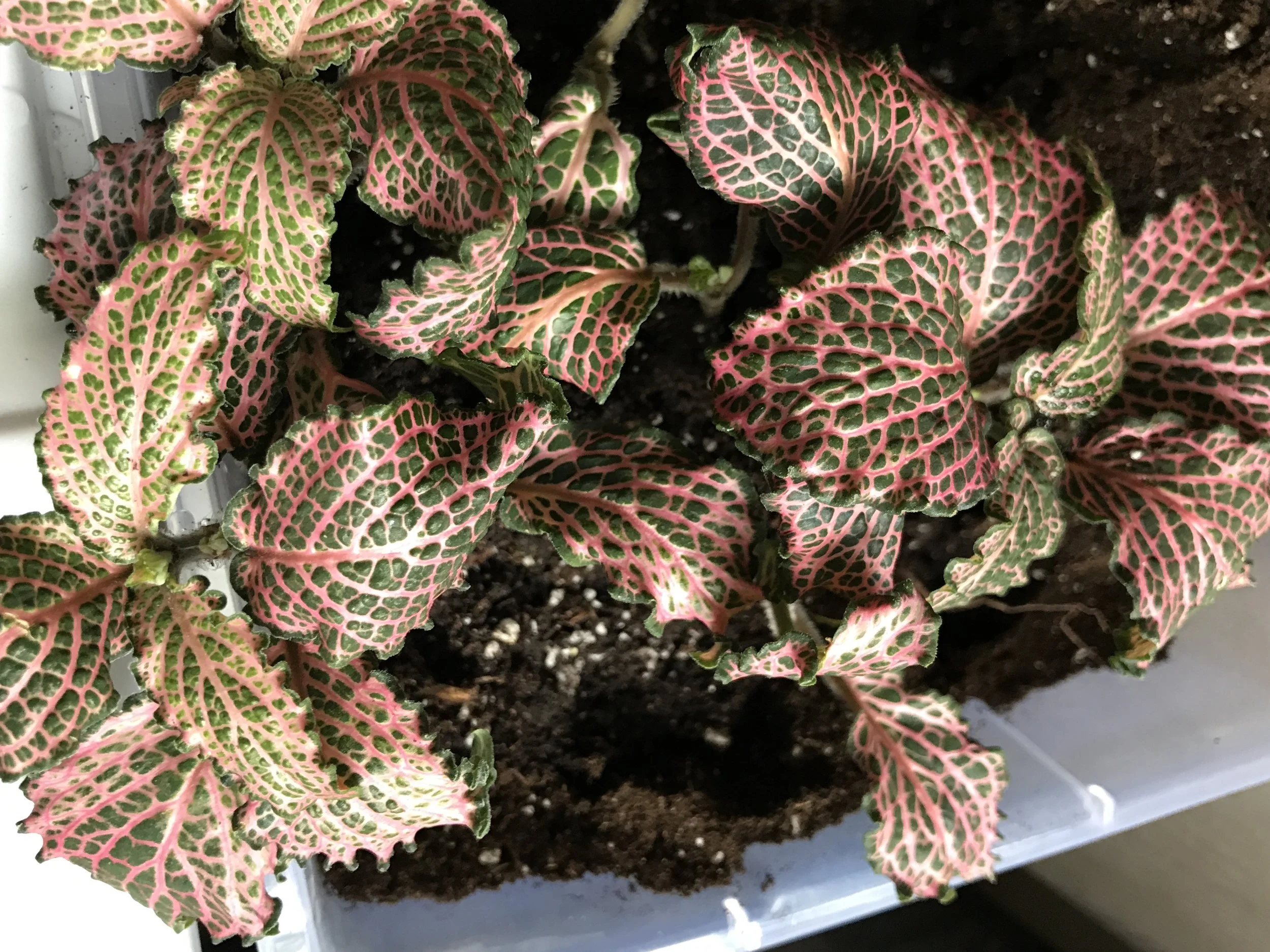Design:
- A good post about how deep Apple's design efforts really go. Beyond the high quality manufacturing prowess making those shiny surfaces is a tightly knit strategy that extends to every corner of the product, near and long term. Design is never one thing, it's never just the skin of a object, it's never the ease of an app's UX. At it's most complex and most invested, design really means something more like focus - an unrelenting guiding force toward certain principles; the things that you can't or won't trade off.
Feeding the Future:
- As the climate changes, so does the atmosphere. Scientists have been examining the implications of higher concentrations of CO₂ - and the news isn't looking good. While plants grow faster and larger with the presence of more CO₂, they also develop an inferior nutrition profile: less protein, lower amounts of vitamins and minerals, and more sugars. As a result, even with our best efforts to balance our meals and include plenty of fruits and vegetables, we may still be consuming a less nutrient rich diet than our recent ancestors. As with so many climate-related issues, this one will hit nations in the global south harder than their affluent counterparts, where diets are more concentrated on a smaller selection of staple foods that are growing dangerously withered in their micronutrient profiles over time.
- Researchers have developed a technology package that enables machines to autonomously plant, tend, and ultimately harvest a barley crop, without human intervention. It's an incredible feat with wide-ranging implications. The cost of such a system is high, but it could provide impoverished agrarian communities with immensely valuable labor savings and food security, likely at a lower cost (with more durable benefits and independence) than annual foreign aid. If such systems could be developed for an expansive range of crops, we could be looking at an entirely different paradigm of food and labor as we move through the 21st century.
Up in the Air:
- Frustrated with both the cost and large pack-out size of available surveillance drone systems, the U.S. Marine Corps underwent an effort to crowdsource a low-cost but highly capable design. In the end a modified version of a design from Thingiverse combined with some open-source software netted a less capable but dramatically cheaper version.
- A new Techstars program is starting up in Boston, that's focused on autonomous technologies and has been developed at least in part by the U.S. Air Force. Tech startups and defense department spending have gone hand in hand for a long time, between DARPA funding robotics research and the CIA's venture arm In-Q-Tel funding 3D printing startups to the Open Technology Fund spending money on the encrypted chat app Signal.
- African countries like Tanzania and Rwanda are deploying drones for real, critical tasks at a pace far outstripping many wealthier nations.
Engineering Communities:
- A new startup is offering to foot the bill for the downpayment on your house, provided you keep listing one or more bedrooms on Airbnb for a few years and hand them most of the revenue. With the tightening up of credit lines for regular folks following the 2008 housing crisis, there are fewer options, which has sparked a bizarro world of housing possibilities. It's unclear what a rise in such systems would mean for places: what is the net effect of a pseudo-hotelier-landlord class on the cultural fabric of a neighborhood? No word on what would happen in the (honestly unlikely) event that Airbnb goes under.
- In the wake of Hurricane Irma, a bit of greedy, shortsighted policy from power companies has left more people in the dark, for longer. The Miami New Times reports that lobbying by power companies led to a policy that all solar energy systems had to be tied into the grid. If the power goes out, your solar panels are mandated to go down with it. If we want to get to a better future, communities need to be free to build their own systems without being levered by their government on behalf of corporate interests. In the case of a future that may well be riddled with climate-change fueled disasters, a more distributed, DIY form of engineered community could be among the best solutions for preserving life and livelihood.

